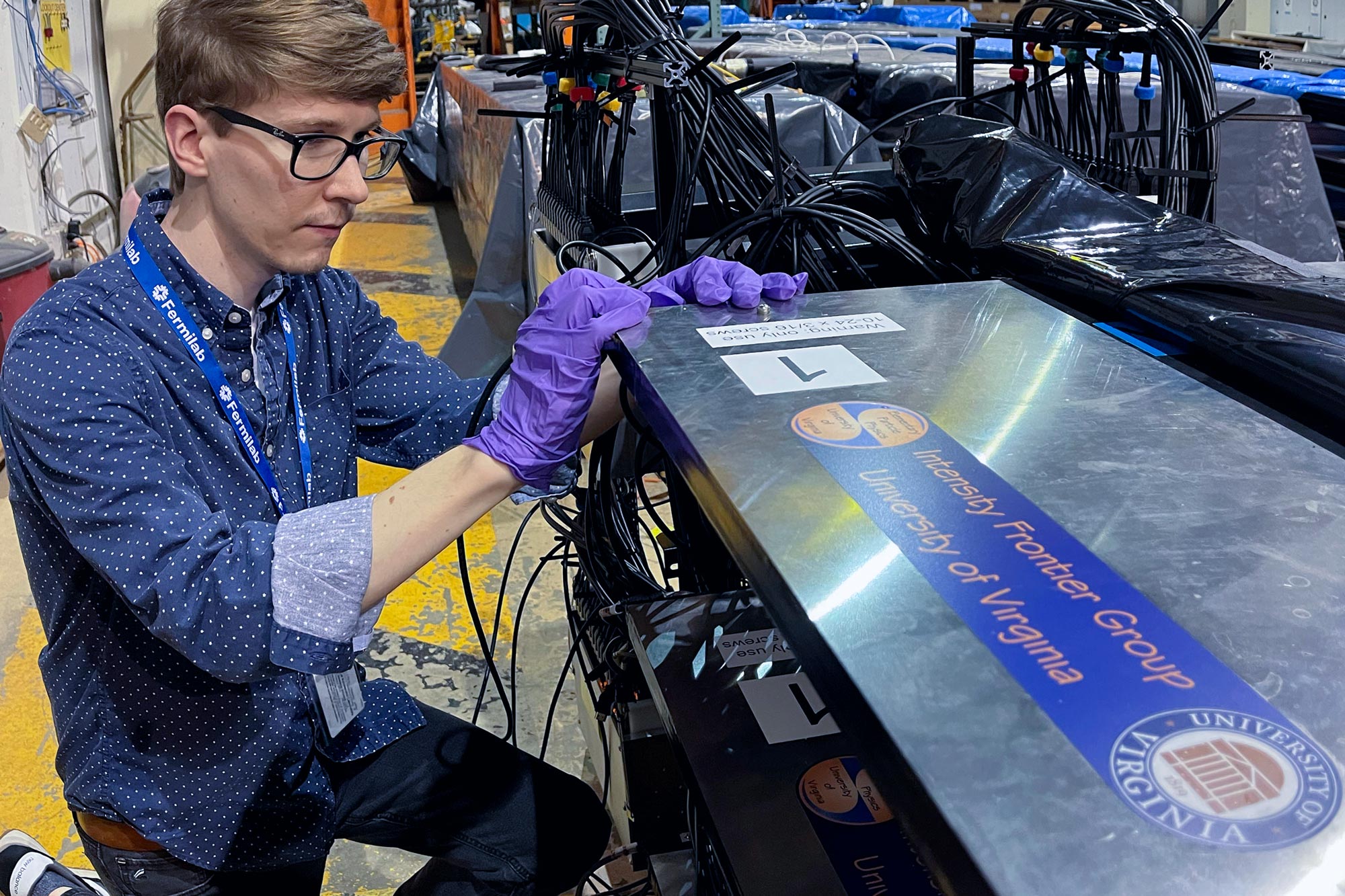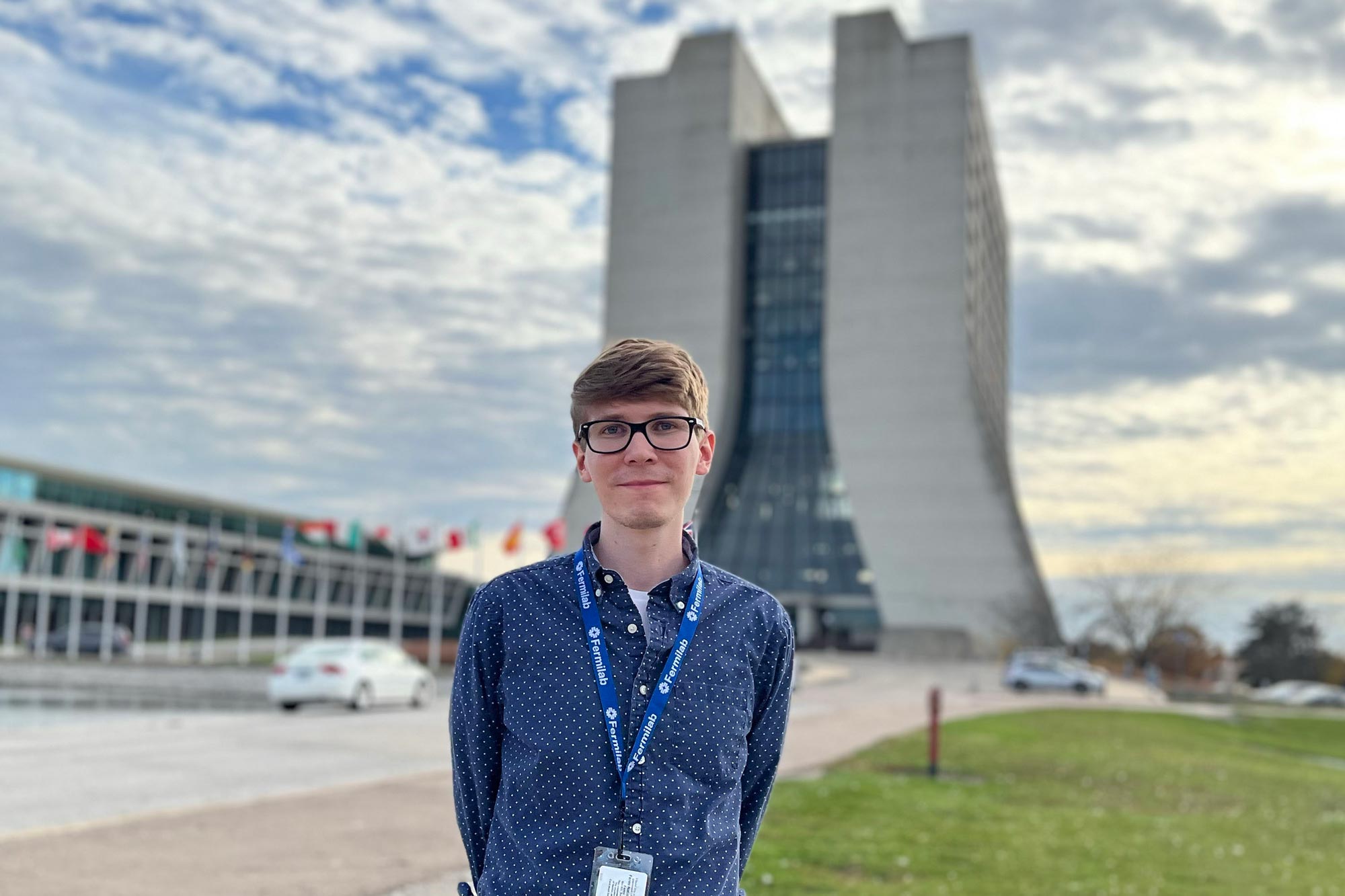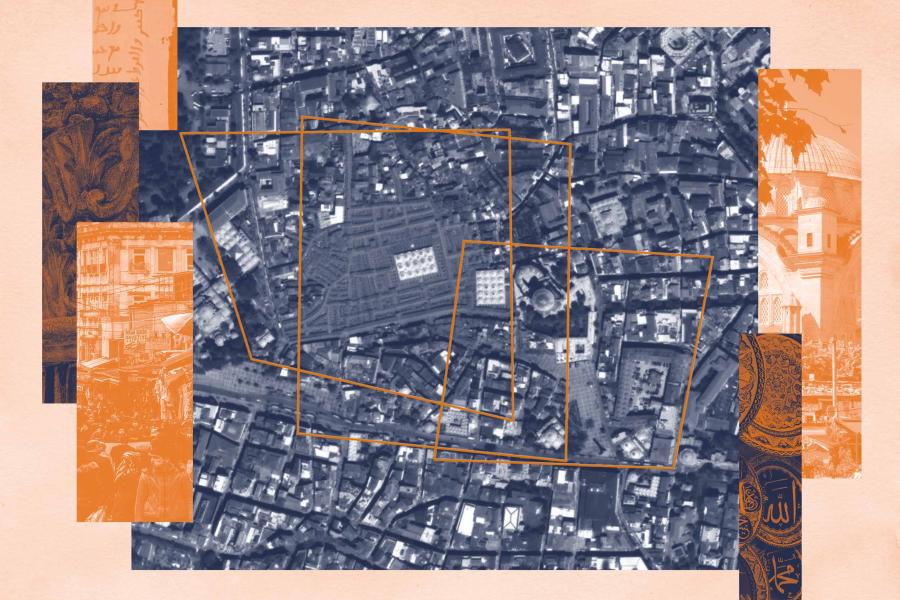From chasing subatomic particles to counting bees, Tyler Horoho’s varied research pursuits have led him to work and study at some of the nation’s top laboratories, thanks to a Department of Energy research award.
Horoho, a fourth-year doctoral student in physics at the University of Virginia, is one of 60 recipients of a U.S. Department of Energy Office of Science Graduate Student Research Award. This award permits recipients to carry out part of their doctoral dissertation research in Department of Energy national laboratories, providing a stipend and tuition support for up to three years.
“This fellowship is a great opportunity for my career,” Horoho said. “It will allow me to receive technical training and make connections that would otherwise be harder to come by. I applied with the hope that this training will help round out my skills and make me a better candidate for postdoc opportunities.”
Horoho is part of the Mu2e – for “muons to electrons” – experiment, which seeks evidence of muons decaying into electrons and no other particles with unprecedented precision. Muons are fundamental subatomic particles, the basic building blocks of the environment, and UVA physicists have been working with Department of Energy scientists on a detector to observe muons as they decay.











